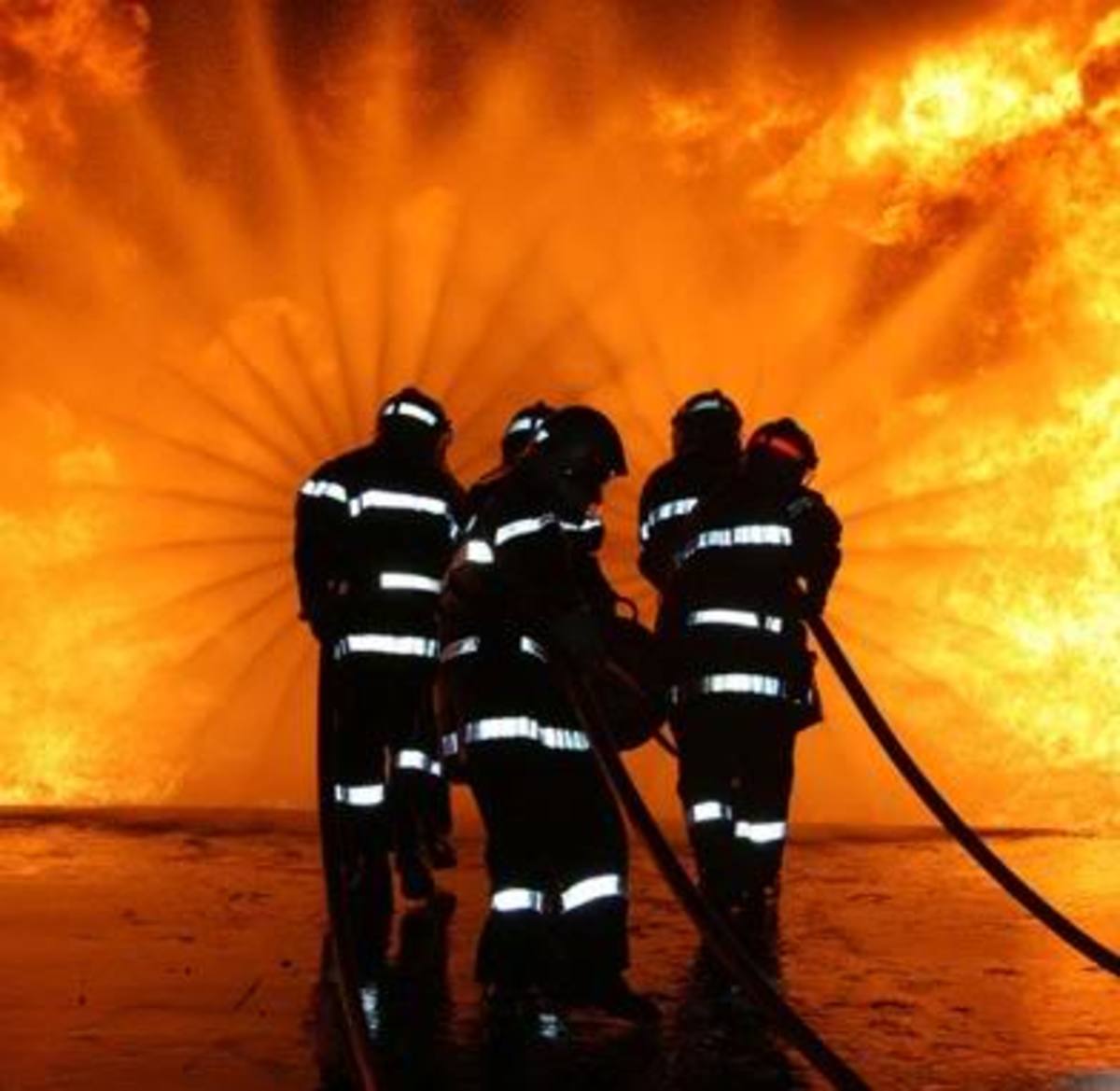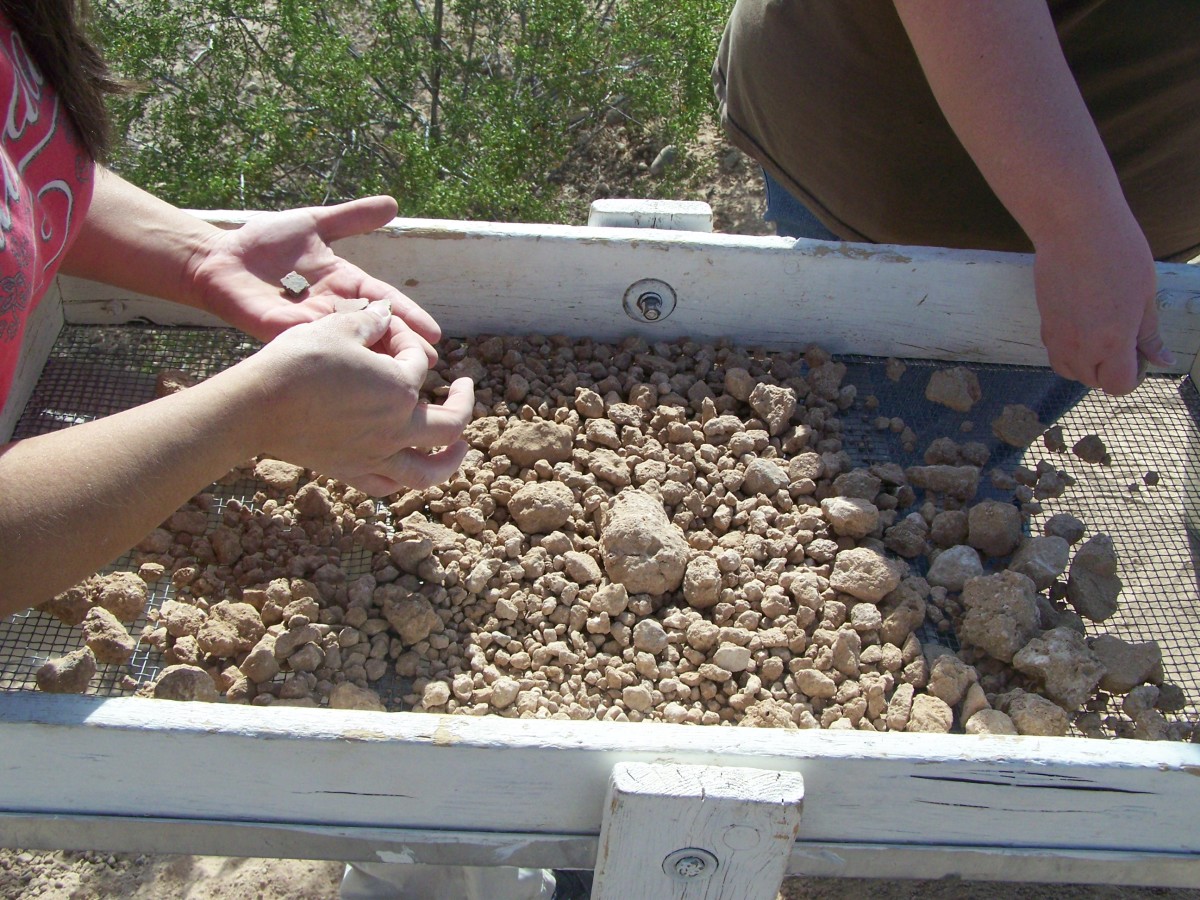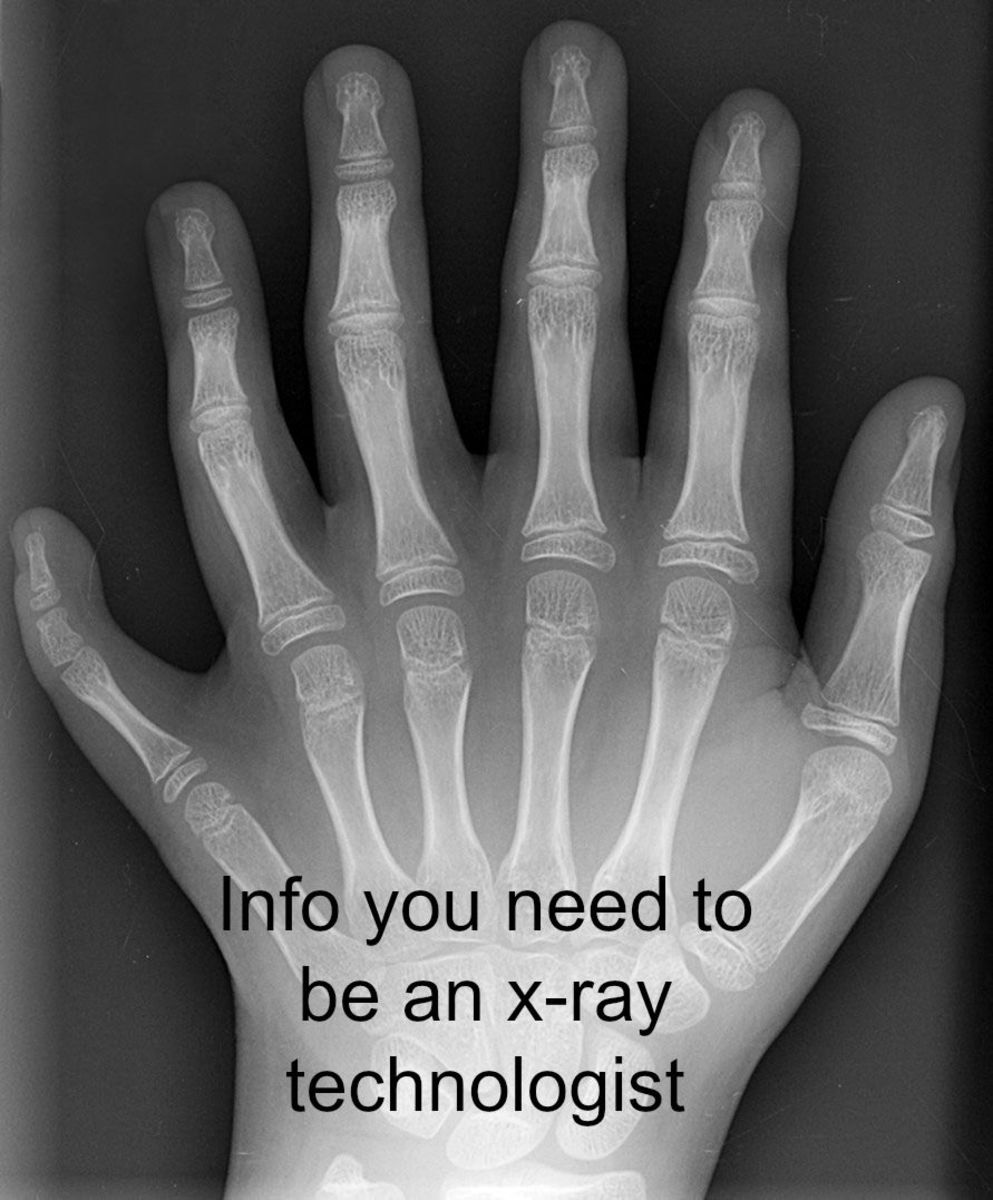So You Want to Be a Firefighter? Part Four - The Hiring Process
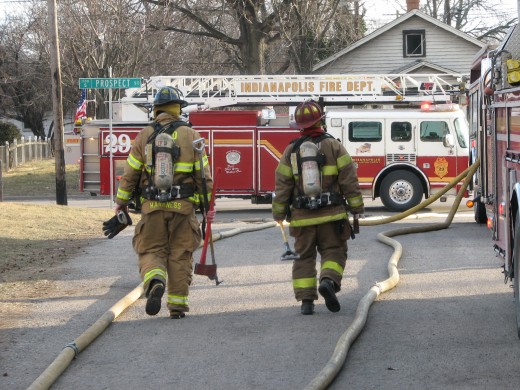
The Hiring Process
Ahhh, the hiring process!! Many of you know it oh so well. The long, drawn-out, intimidating gauntlet a person must run through to secure the title “career firefighter” can be an absolutely brutal grind. This process can take anywhere from four weeks to six months to complete. They vary from place to place but normally have four different components. There will definitely be some sort of physical component, a series of fire ground-similar activities that must be completed within a time limit (along with an aerial climb). There will also be a written test ranging anywhere from 1-3 hours. Then comes the dreaded panel interview session(s). Finally, most departments will have some sort of fail-safe in place, normally a meeting with the Chief of the department. In the end, it is a time-consuming, mentally-draining process built around the Army credo of “Hurry up and wait!" That said, it is totally worth it when the call with a job offer finally comes.
Personally speaking, I’ve been through two hiring processes (one for a part-time job and one for a career position). From everything I’ve read and come across, my experiences seem to be the norm. Over the next few paragraphs, I will walk you through these experiences.
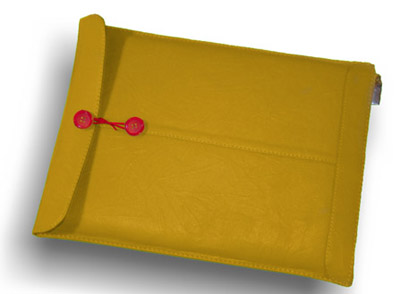
The Process Begins
The very first piece of business is to find out when the department you wish to get on is hiring. All of the ways you would expect do apply. You can check their website for hiring or employment information. You can call their Human Resources or Public Relations Director. You can even stop by their headquarters, though I would not recommend going to the individual firehouses. Most places will have a two-to-four week window at the beginning of their process during which prospective hires must come in, request a hiring packet, and return said packet completed with all of the necessary documentation. You can plan on spending at least one day and possibly as many as three satisfying the needs of this packet. This will require you to provide your birth certificate, a criminal history report, a background check, and any other paperwork your department deems necessary. Aside from that, the application is normally fairly similar to any other job app. You will need to list all of your past employers and have their contact numbers as well.

At this point, I need to emphasize being on time. There are hundreds, if not thousands, of people applying for these positions. The quickest and most basic way to be eliminated is to be late. It is an automatic dismissal from most processes regardless of reason. Get your packet in on time, and show up for your tests on time. Be properly dressed and on time for your interviews. It is not an option. Do whatever it takes to be early. Be an hour early if that is what it takes to guarantee your promptness
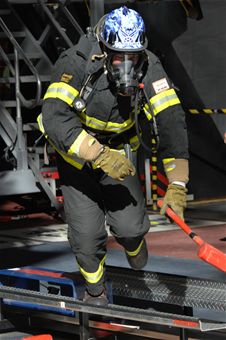
The Physical Test
The next phase of the process will vary from department to department. For me, the physical test was the first component. Warren Township had a series of tasks that had to be completed under six and a half minutes while wearing a helmet and breathing apparatus (though not on air). The course started by picking up a 75 pound hose pack and carrying it roughly 75 feet to the base of the training tower. You would then proceed to the fourth floor via the stairs. Once there, you would drop the hose pack on the ground and crawl into the training room. There would be a hose line stretched in a right-hand search pattern around the room. You would follow that line until it brought you to a four-foot wall which you would then climb over. Next, you were tasked with crawling or shooting yourself through the equivalent of a large air return duct. This would deposit you back outside of the door you came in. From there, you would pick up the hose and proceed downstairs. At the bottom, you would drop the hose on the ground and report to the backside of the tower. There you would find the equivalent of a 24’ extension ladder mounted on the building. The prospective hire would have to simulate raising it to its full length. The next task was back in front of the tower where you would find a “Kaiser sled.” This was basically a 6’ foot long metal stand shaped like a U with a 40 lbs block sitting in its valley. The firefighter would stand with his feet on the lips and use a sledgehammer to pound the block back three feet. Once the block cleared the halfway line, you would proceed over to the “engine.” There, you would find a ladder that you would be tasked with carrying 20 yards or so, properly pitching against the side of the tower, bringing out to a safe angle, then taking it back down, and remounting it on the “engine.” At this point you would take two chainsaws off of a table and walk them approximately 30 feet around a cone and back. This was followed by the dummy drag. An 185 lbs dummy would be dragged 15 yards out, around a barrel, and back by any means necessary (picking it up, straps on the shoulders, or a strap wrapped through the dummy’s armpits). Finally, you would walk across the parking lot back to where you started. There would be two 50’ sections of hose laid out on the ground. The firefighter would pick up the nozzle and advance the line 90 feet (75 feet then another 15 around a barrel). At that point, you would take a knee and pull the hose until the first section’s coupling made it to you. If you completed these tasks within the time limit, you would proceed to the aerial climb. Wearing a safety line, you would simply climb to the top of the 120 ft aerial, pause for a moment, and the climb back down (with no time restrictions).
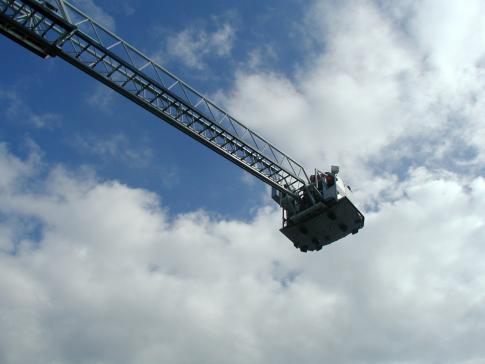
If you have prior fire fighting experience, this test should prove very easy. The good news for those that do not is that the times are designed to give you a chance as well. Most departments will allow you to set up a practice time for the course. You will normally be given a time slot where you can either simulate the whole course, work on specific stations, or some hybrid of the two. Take advantage of this opportunity whether you need it or not. First, it helps. I shaved over ninety seconds off of my practice time when it came time for the real deal (6:15 down to 4:45). Second, it gives you another opportunity to meet the people that you will be working with. These sessions are typically manned by detailed firefighters and/or the people that will be sitting on your interview panel. Show them that you are serious about getting hired and that you have what it takes.
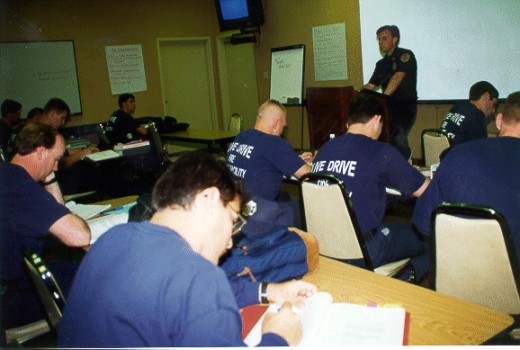
Written Exam
Next up for me was the written exam. Again, different departments will handle this process differently. Here is my experience: Warren Twp. contracted an outside company to come in and administer the test. We were asked to show up at the test site by 8 am. Again, be on time. Once there, we were given a packet of information to study. Inside were pictures of various pieces of firefighting equipment as well as some basic firefighting strategies and tactics. There was a small refresher on some very basic math skills. There were also basic floor plans to houses and apartments. Finally, there were hand drawn scenes with brief descriptions of runs. After three hours, these study guides were collected, and we were dismissed for an hour lunch break. Once back from lunch, we began the test. There was a three hour limit to answer somewhere around 250 multiple choice questions. In the first two sections, the questions ranged from identifying a piece of equipment to some very rudimentary math problems. The next section covered the blue-print pictures from the study guide. Some would ask how many doors or windows were there in a room/building. Others would feature a close facsimile of a room from the study packet and ask you what was missing. Finally, the last section dealt with the scenarios from the pictures at the back of the study guide. They asked about the addresses, times, and other details from the write-ups of the runs. They also asked you to use clues found in the picture to make assumptions about the fireground.
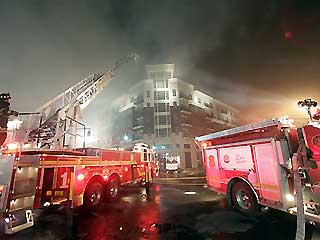
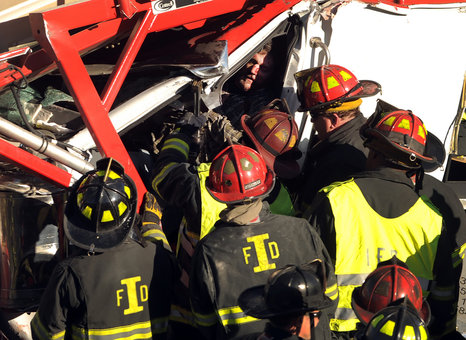
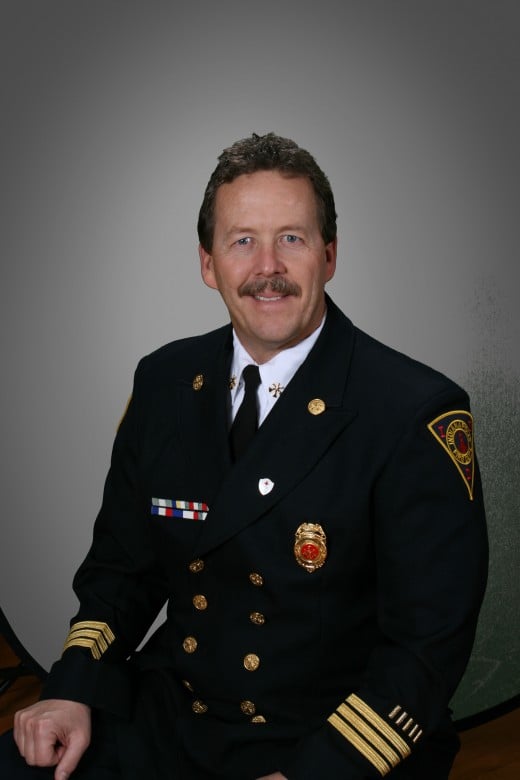
The Formal Interview
If your score was high enough to proceed, you received a letter from the Chief containing an appointment to be interviewed by the formal committee. These committee are typically constructed of members of varying rank from the fire department but, in the cases of some large cities, may also includes a civilian oversight board. This is the make or break part of the process. Many people find it very intimidating and/or do not understand how to best respond to the questions. The panel firefighters will typically be in full Class A uniforms (formal attire). They may or may not make eye contact with you and typically offer no feedback after responses are given. There is also normally a camera recoding the entire event. Be dressed appropriately, maintain good posture, limit unnecessary body movements, and when possible look into the eyes of the person you are addressing. Do not over think your answers. You will be fielding questions about why you would like to be a firefighter, what are the most important characteristics a firefighter needs to possess, and what would you do if… This is the key: hit the “anchors.” In an effort to be as objective as possible, most departments will use questions from a national database. These questions come complete with a list of key (or “anchor”) words that the interviewers are listening for. The more of these you hit, the better your score will be. Do not get caught up in explaining one particular aspect of your answer. They do not care. They want you to hit the anchors and move on so they can go home. Be articulate, but be concise. There are several study guides available to help you prepare for this interview and to provide clues as to what key words should be used. A $40 investment on your part will make itself up the first off-day you have on the job.
It is worth noting that the process to this point has been as objective as possible. Years ago, fire departments all too often operated under the “Good Ole Boys” code of conduct. They tended to be closed clubs, open only to legacies and those other white men handpicked to join. Thankfully, this has changed over the past fifty years. Today, anyone who is capable of performing well in the process can get hired. In order to guarantee that their hiring processes are transparent and above board, most departments have gone to using third party, nationally recognized standard tests for both the written and oral examinations. A big part of this was to allow people without a firefighting background to be able to compete with those who have done the job before.
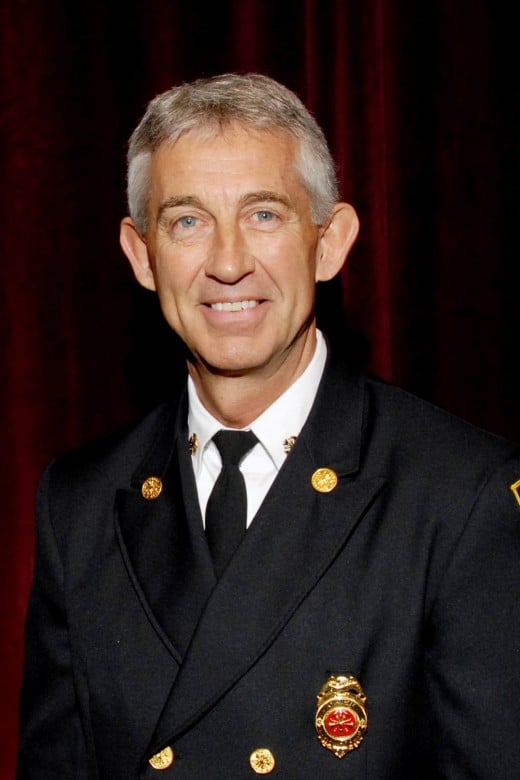
Final Interview
If your combined scores from the written test and the formal interview put you near the top, you will be given an audience with the Chief. This is a last second chance for the department to weed out any potential bad apples that may have made it through the process. It is also the only subjective part of the process. This interview still requires business formal attire for the prospective hire, but is typically much more laid back than the panel experience. You can expect to be asked why you want the job, what are your career aspirations, and why they should hire you. This is NOT the place for keywords. This is a time to be open and frank. What you say and how you say it will matter. It is very difficult to move up the hiring list at this point, but very easy to move down it. Do not say things like, “I want the job for the insurance,” or “Man, you just can’t beat that schedule.” If those are the reasons why you want the job, move over and let someone who is more serious take the position (this is about saving people's lives). Be honest, but concentrate on what you can/want to do for the community and the department. Be respectful and look the Chief in the eye.
If all goes well, you should be looking at a job offer. Worst case scenario is that you are placed on a hiring list. Always take advantage of this opportunity. I realize that it is less than ideal, but you can continue to apply at other departments while you are waiting to hear. The key is to get on the job.
For me, this process took about six months. Warren Twp. opened their process in August. I performed the physical test in September, followed by the written test in October. The formal interview occurred in December, and my final interview was in January. I was very lucky to get hired in February. The process for the part-time job was similar but much more condensed. There was still a physical and short written test. The written test was over basic firefighting and EMS principals and included no study guide. The interview process was much shorter and less formal, but it still included a second interview with the Chief. The whole process took less than a month.
Feel free to contact me with any questions you may have or information that would help improve this article!! Next, we will take a look at Recruit School and the Probationary Year. Thanks for your time.
Other Articles in the Series
- So You Want To Be a Firefighter? Part Three - The Most Important Questions
Part Three in series of articles designed to give some insight into the career of a firefighter. This article focuses on the pros and cons of pursuing this line of work. It asks the tough questions a perspective firefighter might not even realize the

